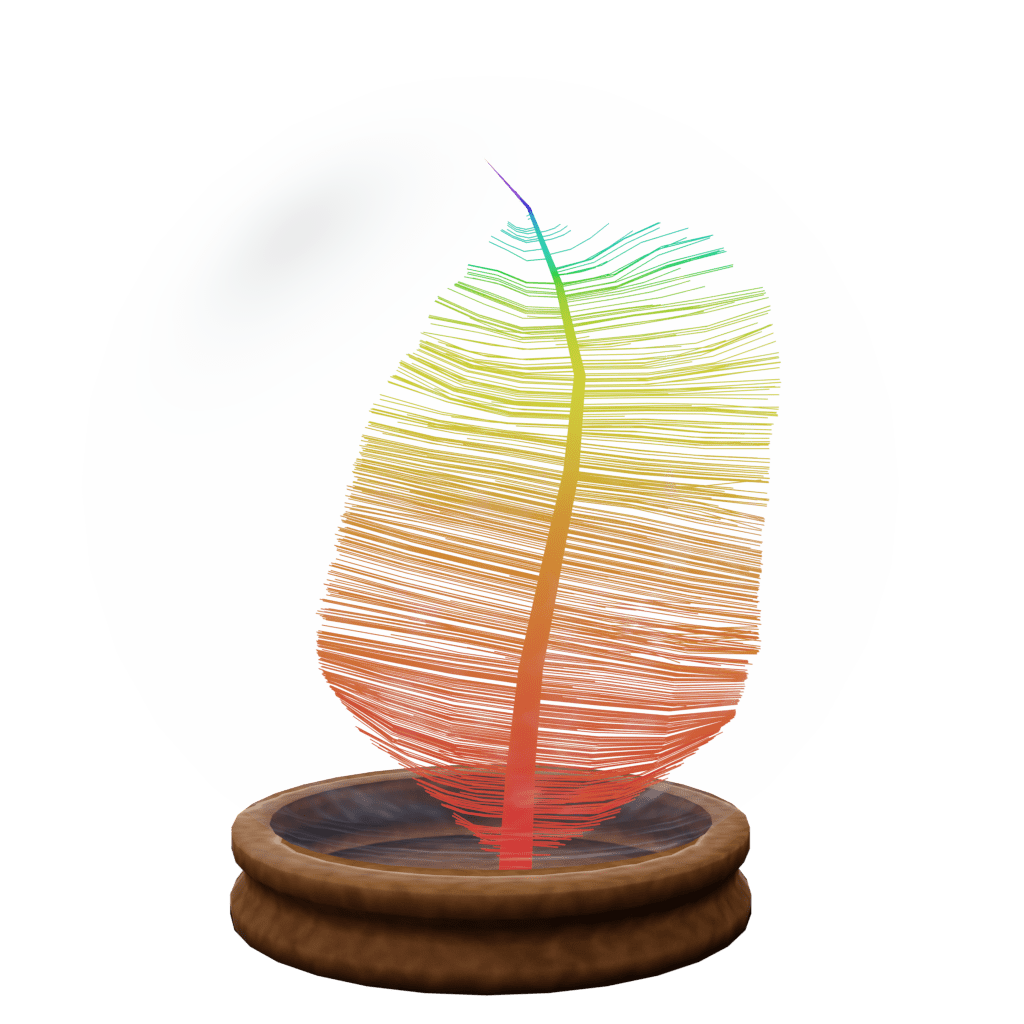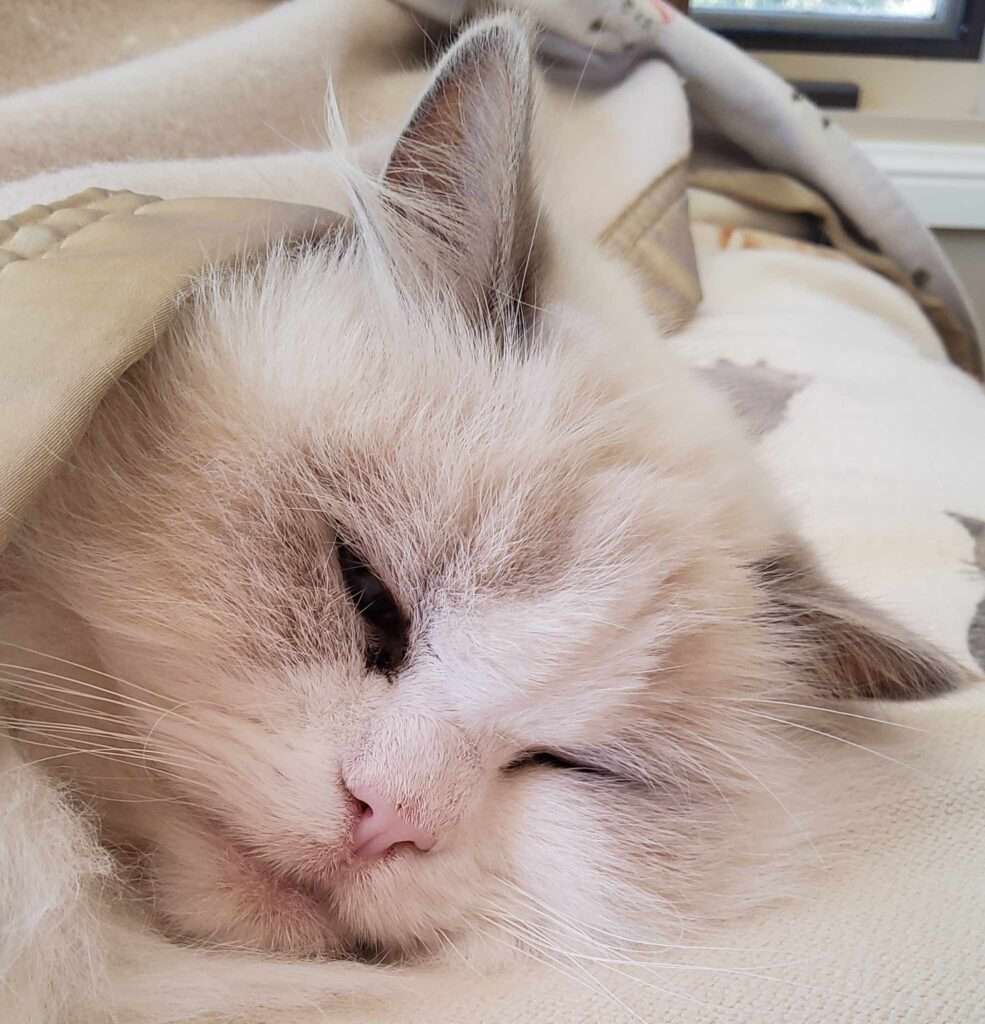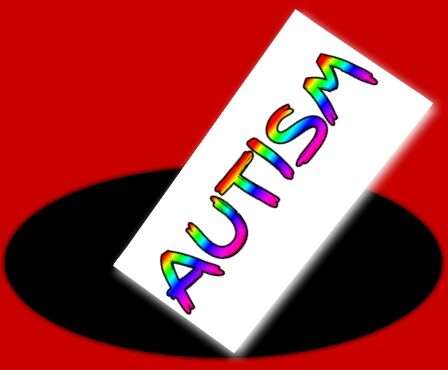Introduction
What kind of special needs service enables me to lead a better quality of life and helps me practice life as an adult? How can the service help individuals with autism and other disabilities?
Join me and read this blog post to find out about how Australia’s National Disability Insurance Scheme (NDIS) has improved my life and discover insights into my personal experiences with this amazing service. 😃
What is Australia’s NDIS?
Australia’s National Disability Insurance Scheme (NDIS) is a plan created by Australia’s government to increase the quality of life for those individuals under the age of 65 who either have permanent or significant disabilities. Launched in 2013 from the “Make It Real” movement rallied by various accessibility organisations, the National Disability Insurance Scheme is managed by the National Disability Insurance Agency (NDIA) included in Australia’s Department Of Social Services and regulated by the NDIS Quality and Safeguards Commission.
Arranged by the NDIS, financing is assigned for an individual in which another person, guardian or a plan manager who acquires assistance from providers. The service is financed by the Australian taxpayer. It is heavily regulated. The recipients do not financially donate to the plan.
The NDIS operates separately from the Australian Government’s Centrelink Disability Support Pension or any other Australian state or territory special needs initiatives. The NDIS solely finances special needs support workers (carers). The Medicare healthcare support system is run seperately from the NDIS. (Wikipedia, 2025).
My experience and goal with the NDIS
My current goal with the NDIS is to help raise my quality of life and learn to live more independently as a grown adult. The NDIS plan is personalised to each individual participant. To be eligible to join the NDIS scheme, you need to have been assessed. People who already receive the government’s disability support pension are eligible to participate in the NDIS scheme. A process of deciding what your current specific needs and requirements are and what you hope to achieve in the plan is done collaboratively with the client and the scheme representative.
A new plan is written every 3 years to accomodate either the gains made or changes in disability.
In my NDIS plan, the activities that I have with my carers include:
- Walking (30mins)
- Frisbee
- 10-pin bowling
- Practicing social skills in a café at lunchtime
- Putt-putt (minigolf)
- Art/history museums and galleries
- Monthly weekend away at a rural respite retreat at Victor Harbor
These activities help build my confidence & social skills while out in the community. These two goals are part of my NDIS plan. My carers collaborate and support each outing with transportation, social skills and coping strategies when out in the community.
These activities vary depending on the weather, how I feel, what I have planned for the day, how noisy the area is and also the season. (The southern hemisphere has seasons that are opposite to the northern hemisphere). 🏏
As part of my day out, we also like to look at historical buildings and art galleries which are of interest to me in Goolwa, Strathalbyn, Port Elliot and other nearby rural towns as well as occasionally viewing exhibits inside museums. I prefer quieter locations due to my hyperacusis which greatly affects my level of tolerance which impacts how I behave in public and crowded areas.
At 11am, I buy hot chips (french fries) alongside a drink which will either be some chocolate milk or cola (soda) depending on what I feel like having at the time. The major drawback of hot chips is that they have been known to cause a food coma or carbohydrate “crash” because my glucose levels spike very suddenly. Because of this, I have been experimenting with eating them at midday (12pm) rather than the standard 11am to try and avoid being too tired later in the day.

Planning the day out is a major challenge for me because I often get hyperfocused on something else (a symptom of ADHD) and forget about what I’m supposed to do. As a result, I currently fail to effectively plan out my day with my NDIS carer and rely on their help with this task. I am currently trying to be more proactive at planning my day out, which is part of my goals.
The NDIS plan that I currently have also allows me to go to respite care at Victor Harbor once a month (with the exception of December for the Christmas season) to unwind and relax for 2 days from Friday at 3pm to Sunday at 3pm. This allows not only for my carer (mother) to take a break from me, but for me to experience different opportunities and to practice independence from my family. 🏡
To further my independence, weekly grocery shopping is a goal I am currently working to attain. As grocery shopping is a slow and noisy task, a lot of patience is required because it can take me hours to complete a full grocery shop. Long lines often form at supermarket checkouts which also further put my patience to the test.
How the NDIS has played a significant role in my life
Australia’s NDIS system has played a very important role in helping to shape my adult life for the better. The service has helped me grow by leaps and bounds over the years since I first started at the age of 24 at the inception of the NDIS program. Without the NDIS, I would be extremely withdrawn from society.
In addition to helping shape and build up my life and future, the NDIS has helped enable me to:
- Help me build social skills. (This is still ongoing)
- Improve my coping abilities. (This is especially true for sensory related issues such as hyperacusis)
- Reduce meltdowns.
- Build up my independence. (I am still currently semi-independent, so this is still ongoing)
- Have a better quality of life with my severe autism.
- Have access to certain services required for my severe autism.
Drawbacks of the NDIS
Unfortunately for this amazing service, there are drawbacks. These drawbacks include:
- The service has an age limit; it stops at 65 years old. Disabilities such as autism are not temporary, they are permanent. This raises implications for those with autism and other individuals with disabilities.
- The NDIS is a complex system which requires many documents.
- Construction and financing for plans is difficult and time-consuming, forcing the person who manages the plan to renew it manually through meetings and multiple phone calls. This often wastes a lot of time and can cause distress.
- There may be no service in some areas of Australia, particularly in rural and remote regions.
- The service can sometimes cause extra burden for the carers and the managers.
Disclaimer: These disadvantages listed here are from my own experience with Australia’s NDIS and this will not be true for everybody. Please consult an agency staff member from the NDIS for professional advice.
Despite these disadvantages, it cannot be overstated that Australia’s NDIS has helped me progress a lot in my development in life as an adult which is the scheme’s purpose. This service also helps me to have fun in life as well as enjoy the great outdoors. 🙂
Princess Lilli Lilac

Ragdoll cats such as Princess Lilli Lilac (pictured above) may not have anything to do with the NDIS, but she makes me very happy when I come home and see her. She runs away when she sees carers and visitors other than my mother and I because she does not trust them. We have a very deep friendship that will never expire. 😺
Conclusion
Hope you have learned about what Australia’s National Disability Insurance Scheme is and how it has had a positive impact on my life. Feel free to drop a reply in the comments below and I shall see you on the next blog post! 📰
Disclaimer: The content provided in this blog post is from my personal views and experiences with Australia’s National Disability Insurance Scheme and should not be a substitute for professional advice. Always make sure to consult a qualified professional or support member who works in Australia’s National Disability Insurance Scheme for professional guidance based on your needs.
References
Wikipedia contributors. (2025, January 22). National Disability Insurance Scheme. In Wikipedia, The Free Encyclopedia. Retrieved 08:51, February 10, 2025, from https://en.wikipedia.org/w/index.php?title=National_Disability_Insurance_Scheme&oldid=1271192904
